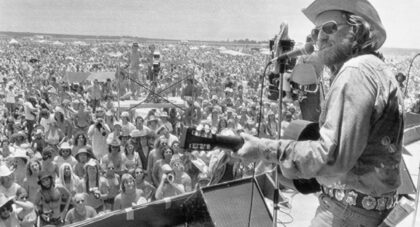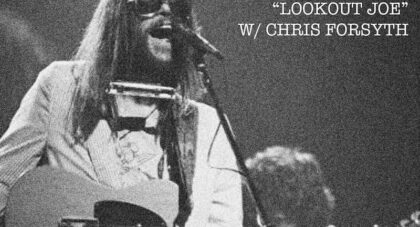Maverick composer Arnold Dreyblatt joins us from his Berlin home base to discuss his visual art background, collaborating with Megafaun and Jim O’Rourke, the enduring rhythms of Bo Diddley, and his latest album, Resolve . . .
Only the good shit. Aquarium Drunkard is powered by its patrons. Keep the servers humming and help us continue doing it by pledging your support.
To continue reading, become a member or log in.


